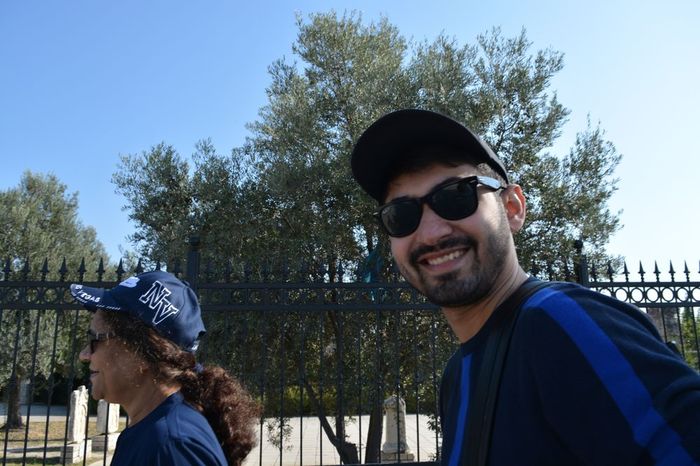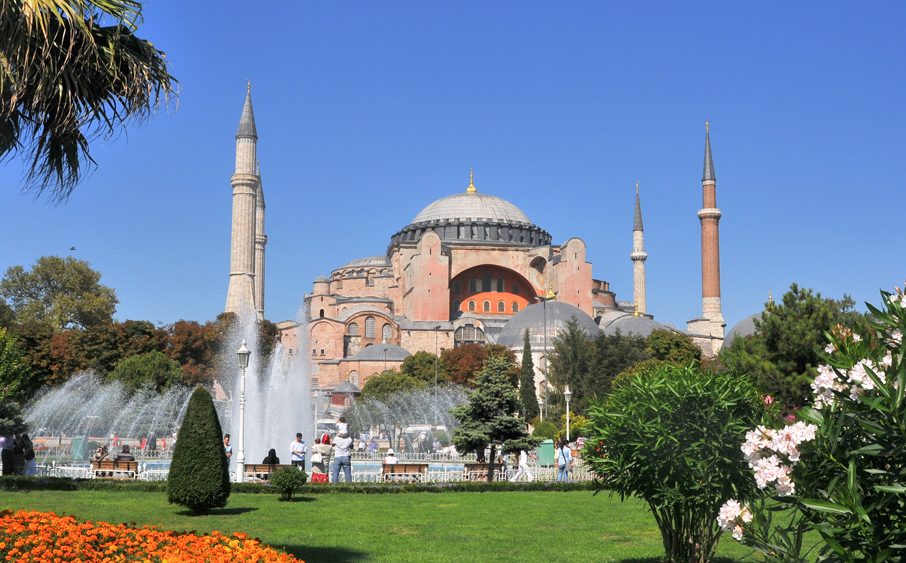Uftade (died 988/1580)
Uftade whose real name is Mehmed Muhyiddin was born in Bursa. He played an important role in the development of the Celvetie religions order. He was the sheik of Aziz Mahmud (died 1038/1628) who wrote countless significant poems using the name Hüdai. His sheik was Haci Bayram Veli (died 833/1429-1430) who was one of the caliphs of Hizxr Dede. He is buried in the tomb next to the Hisar Mosque of Bursa. Aziz Mahmud Hüdai wrote about his sheikh in some of his writings Uftade wrote a divanche and a sermon book displaying strong religious characteristics.
Ummu Sinan (died 976/1568-1569)
His real name is Ibrahim. It has been said that he was bora either in Bursa or Karaman. He founded the Sinaniye branch as an attribute to the Halvetie order. His tomb is in Eyüp Convent. Seyyid Seyfullah who was mentioned in thisessay previously was his most famous disciple. Having produced a sufficient amount of poetry, he was one of Yunus Emre`s loyal followers.
Convent literature which can be observed in divan literature as a whole or partly is quite rich in prose as well as in potery. The works most of which have religious, moral, sufist and narrative characters were written in a simple but genuine and sincere language.
Consequently mystic (Sufi) literature which was represented by scholars, dervishes, kadis, tutors, holymen and people from other walks of life who could speak, read and write in Arabic and Persian as well as in Turkish acted as a Meedium between folk and divan literatures during this period both in prose and in poetry. The poets and lyricists of this literature, being inspired by religion and God mainly, put more emphasis on the ideological aspect of their works rather than on the technical and artistic features. The main objective was to inspire religious enthusias and emotions and to expand the influence of mystic culture.
Although the technical and artistic aspects of mystic literature were reglected from time to time, it was spread over a wider social and geographical circumference than the other two literatures were due to the fact that it reached simple folks as well as it reached scholastic circles. Therefore it can be said that mystic literature was socially more effective on those involved with it and in it.
Consequently we can say that during the reign of Suleyman the Lawgiver or rather during the XVI. century as a whole, mystic convent literature lived its golden age as a classic literature just as the other literatures and other affairs did. Mystic literature contained with its popularity and influence well into the next century too.
Read More about Balkan Tours 2019








